The advent of “big battery” technology addresses a key challenge for green energy – the intermittency of wind and solar.
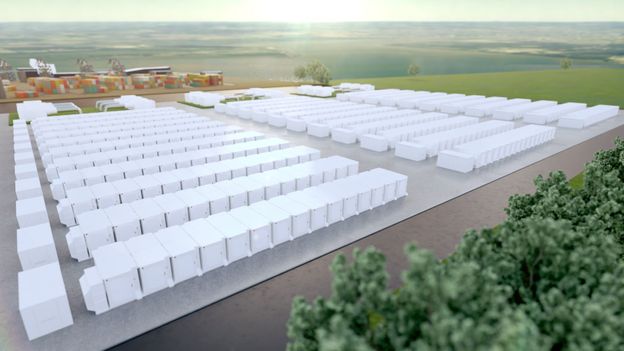

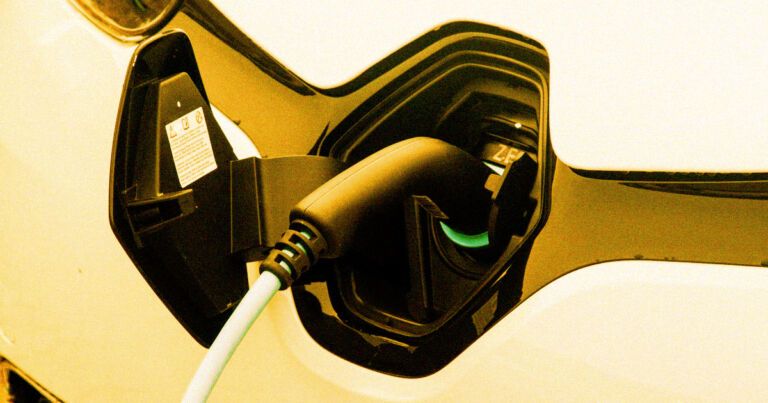
Kill a Watt
The reason why the price of energy storage is such an important automotive indicator is because the battery pack accounts for roughly a quarter of an EV’s total cost, making it the number one determinant of price.
It could be the electric car industry’s watershed moment: once dipping below the price of gasoline-powered engines, electric vehicles will look far more attractive to far more consumers.
Electric cars and trucks may be the hottest topic in e-mobility, but quiet, clean-running electric drives have the ability to revolutionize all kinds of vehicles and machinery. We’ve seen it with the popularization and evolution of ebikes, and electric tech is slowly finding its way into more demanding powersports applications, like electric dirt bikes and snowmobiles. French startup MoonBikes Motors is carving some space between the e-snowmobile and e-dirt bike categories, creating a full-throttle electric snow bike meant to travel lightly and deliver sharp, explosive exhilaration on the snow.
It’s that time of year when experimental all-electric snow machines start rolling out from their high-altitude garages to carve their signatures into the Alpine snow and public consciousness. Last year it was the Austrian-built BobSla snow-kart motoring around its home turf at the Obergurgl-Hochgurgl ski area, and this year it’s the French-crafted MoonBike all-electric snow bike spraying snow in its own corner of the Alps.
Designed for both all-out snowy thrills and dutiful utility, the MoonBike features a snowmobile-like combination of rear track drive and front ski. A motor with 3 kW of continuous power pushes the bike to speeds up to 28 mph (45 km/h).
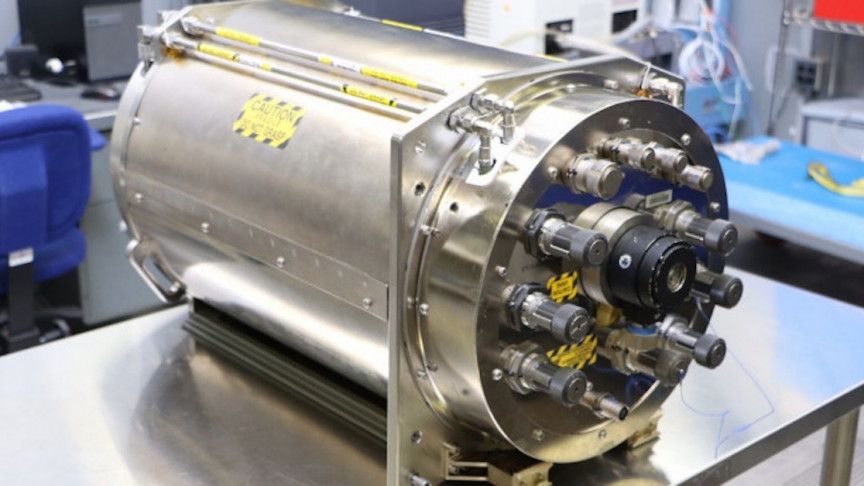

For those who like to bike while not getting rained on.
Hopefully they come up with a version with built in airconditioning for warm places. 😃
Sustainable velomobile with electric assist and weather protection.
More info: https://bit.ly/3fqHiwP
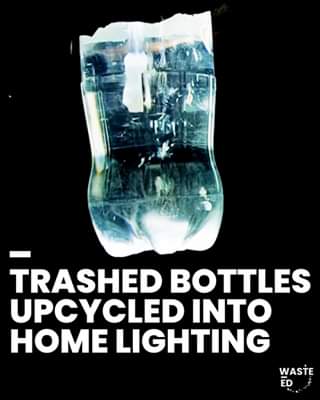
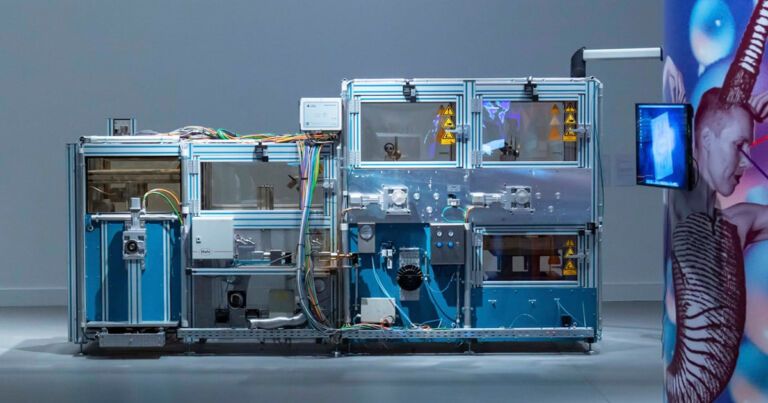
“While astronauts in space need to get creative with their water supply, that’s not to suggest that people ought to start drinking pee to access clean water. Rather, Aquaporin, the company behind the new system, suggests that the same kind of technology could be used to clean up other types of wastewater or filter existing drinking water supplies to the point that they could be used.”
As Above
Roughly 2 billion people don’t have access to clean drinking water, according to CNN, and a system like Aquaporin could help remove pollution and plastics from the supply.
“It has an enormous potential,” Dines Thornberg, innovation manager at BIOFOS, Denmark’s largest state-owned wastewater facility, told CNN. “I think the Aquaporin system could lead the way in actually creating clean, affordable drinking water from wastewater in the future. I am really optimistic that we can meet the challenges of water scarcity in many parts of the world with technologies like this.”
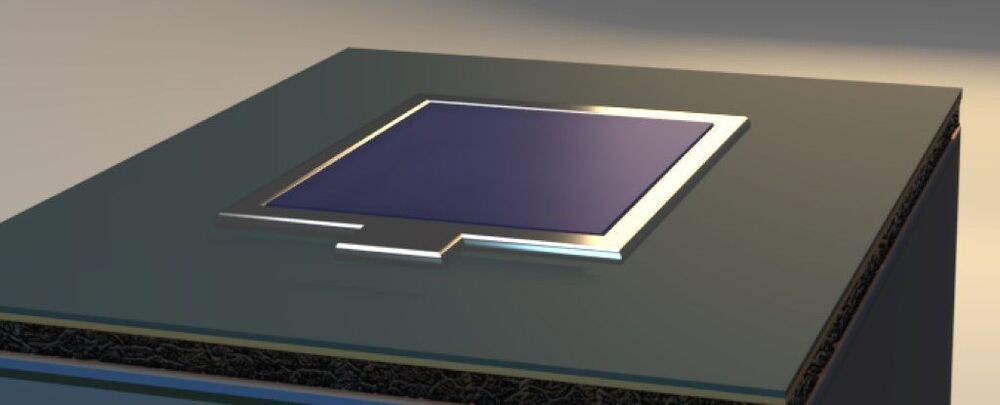
Renewables keep on gaining steam. 😃
Improving the efficiency of solar cells can make a huge difference to the amount of energy produced from the same surface area and the same amount of sunshine, and another world record has been beaten in the push for better yields.
Researchers have now hit an efficiency of 29.15 percent in the perovskite/silicon tandem solar cell category, which is just one of several different types of cells. There are currently a variety of different technologies in use to convert solar energy into electricity.
For this type of panel, the long-term target of more than 30 percent is now tantalisingly within reach. The latest lab tests edge ahead of the maximum 28 percent efficiency that perovskite/silicon cells have managed up to this point.
California-based Aptera recently opened pre-orders for its solar electric vehicle that ‘never needs charging’ and within less than 24 hours, according to the firm, the $26,000 car sold out.
The futuristic-styled structure is designed with lightweight materials, providing low-dray aerodynamics and cooling.
Aptera’s Never Charge technology is comprised of an integrate solar package that provides more than 40 miles of ‘free’ driving per day ‘making it the first vehicle that won’t need to fuel up for most daily driving.’

“What our technology does is it improves range and lowers vehicle cost,” Campbell said. “It’s as simple as that.”
As the name of his company suggests, Campbell thinks the key is a more-solid electric car battery. The lithium-ion batteries powering almost all of today’s electric vehicles rely on a liquid electrolyte, which ferries charged ions from a cathode to an anode. While the technology makes it practical to charge and recharge, the liquid can catch fire if overloaded.
For decades, scientists have seen a potential answer in solid electrolytes, which could allow a battery to soak up more energy without overheating.